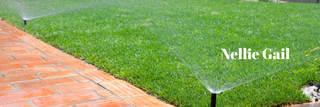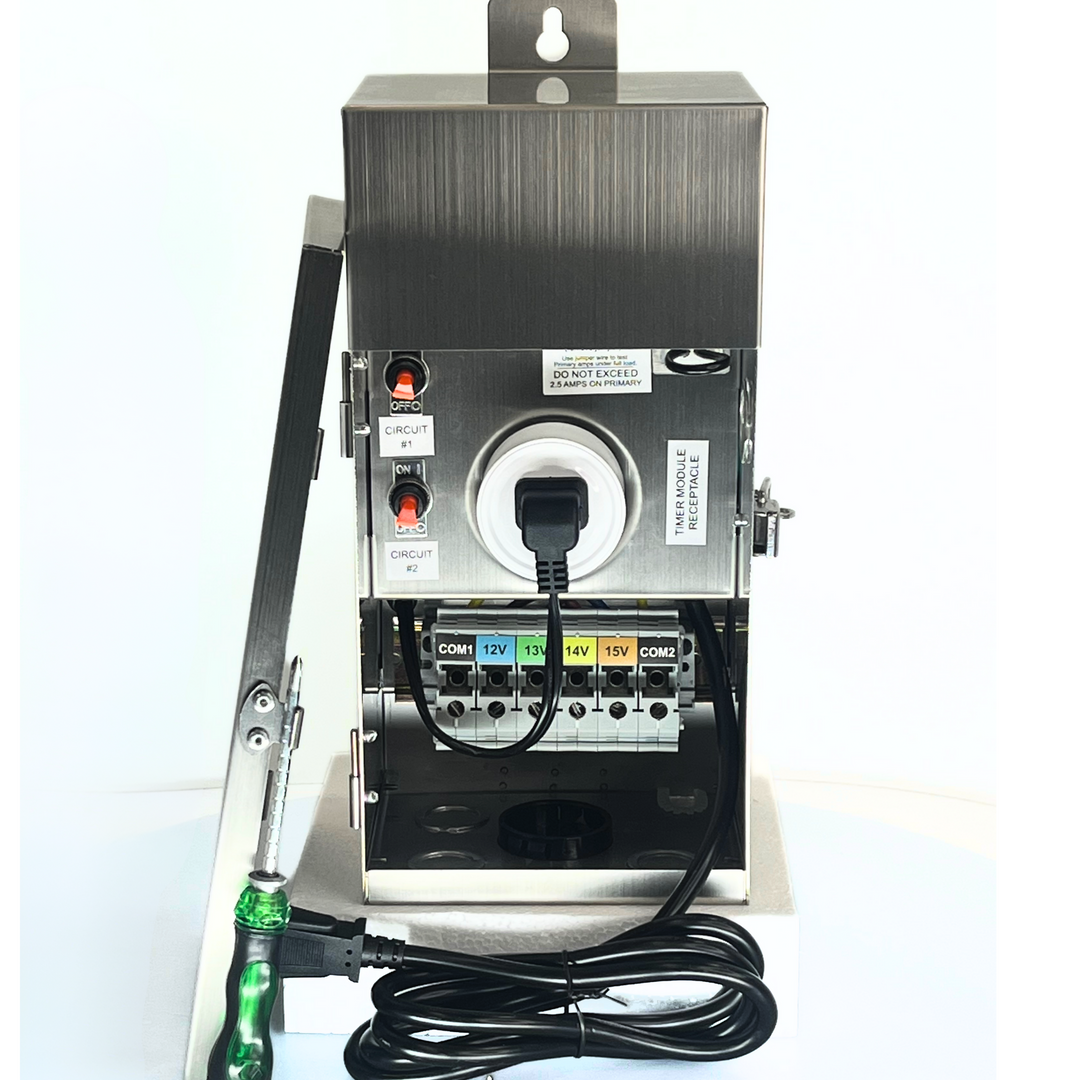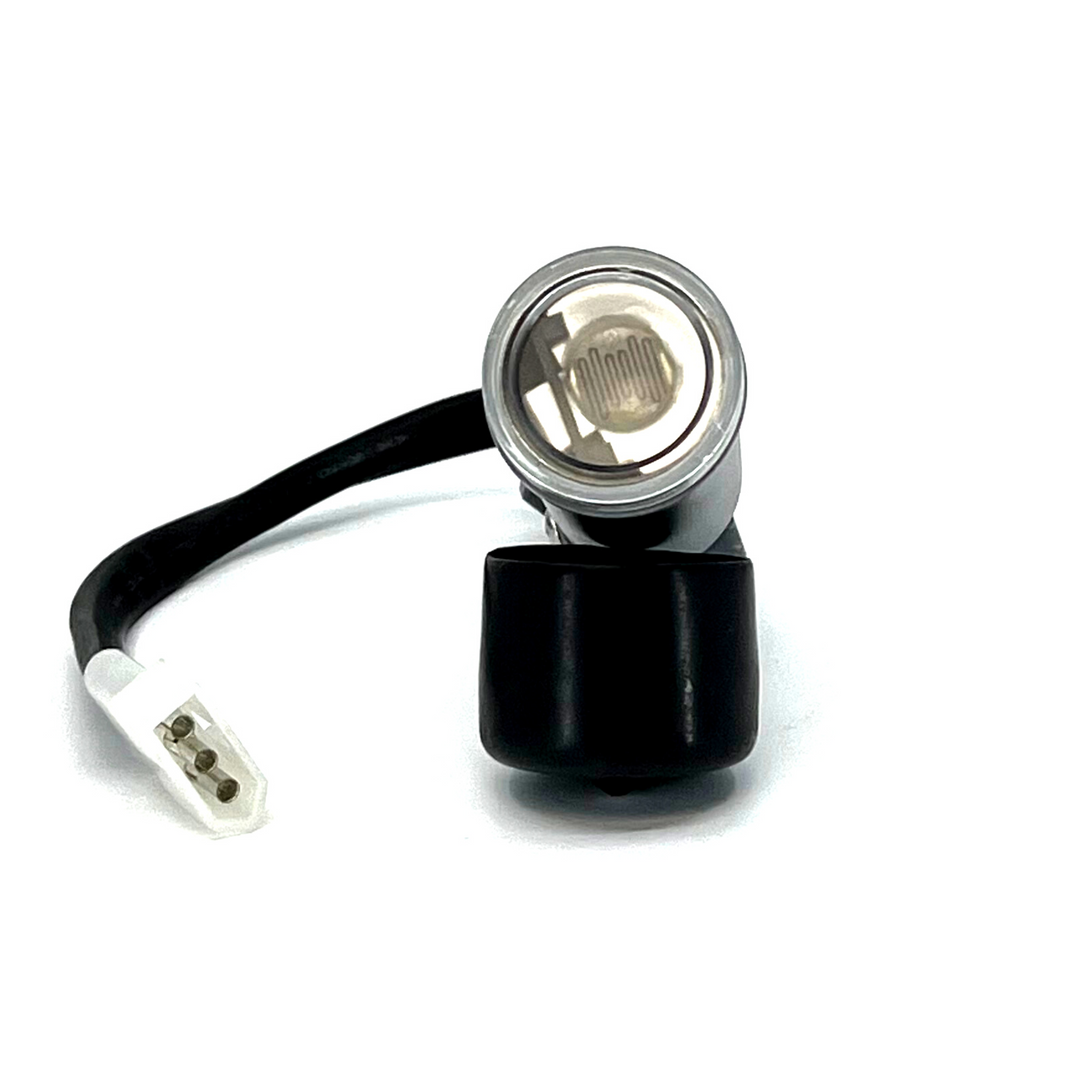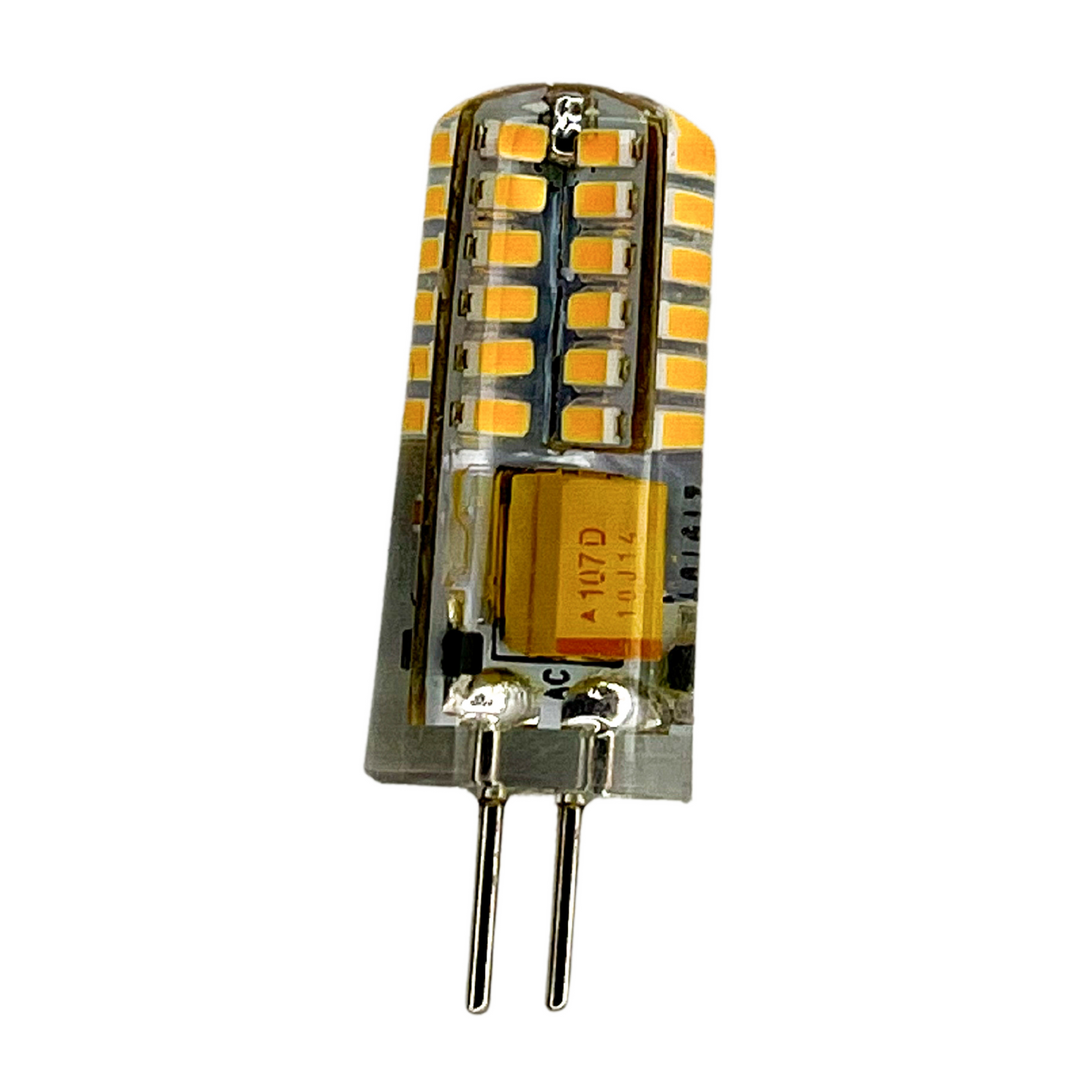
Sprinkler Savvy: Hacks to Fix Your Irrigation System
|
|
Time to read 7 min
Welcome to a practical guide on how to fix your sprinkler system. In this comprehensive article, we'll explore various methods to maintain and repair your home irrigation system. From adjusting sprinkler heads to fixing leaks, we aim to equip you with the knowledge to handle common issues effectively. Designed for homeowners keen on DIY solutions, this guide promises to make irrigation system repairs straightforward and manageable.
Fix Your Sprinkler System: Identifying Common Sprinkler System Issues
Spot the Signs:
When it comes to sprinkler systems, several signs indicate trouble. Leaks are the most common, typically spotted by puddles around sprinkler heads. Uneven watering can leave dry patches on your lawn, pointing to issues with sprinkler coverage. Sputtering heads often mean there's a clog or damage inside. If your sprinklers are spraying erratically, it's likely due to misaligned or broken heads. Being vigilant about these signs is the first step to maintaining a healthy irrigation system.
1. Leaks: Puddles around sprinkler heads are telltale signs of leaks. These leaks can occur due to a variety of reasons, such as worn-out seals or cracks in the piping. Not only do they waste water, but they can also lead to over-watering in certain areas, potentially damaging your lawn or garden. It's important to regularly inspect the area around each sprinkler head, especially after a watering cycle, to check for any unusual pooling of water.
2. Uneven Watering: If you notice dry patches on your lawn despite regular watering, this could be a sign of uneven watering. This issue often arises when sprinkler heads are not properly aligned, or if there’s a variation in water pressure. Uneven watering can lead to an unhealthy lawn with visibly dry and over-watered areas. Pay attention to the growth and color of your lawn; inconsistencies often indicate a problem with your sprinkler system's coverage.
3. Sputtering Heads: A sprinkler head that sputters or emits water in an irregular pattern typically indicates clogs or internal damage. Clogs can be caused by dirt, debris, or mineral build-up, especially in areas with hard water. Damage to the sprinkler head might be due to external factors like lawn mowers, heavy foot traffic, or natural wear and tear. Sputtering heads fail to water your lawn effectively and can lead to patchy, uneven growth.
4. Erratic Spraying: If the water spray is erratic, shooting off in random directions, or failing to follow its usual pattern, it could be due to misaligned or broken heads. Misalignment may occur over time or due to external disturbances, like pets or garden equipment bumping into the heads. Broken heads can result from various factors, including freezing temperatures or physical damage. Erratic spraying results in poor irrigation coverage and can also waste a significant amount of water.
First Steps to Troubleshoot:
Before delving into repairs, start with some basic troubleshooting. Check the controller first; it's often just a matter of incorrect programming. Inspect the system for obvious signs of damage or wear. This includes looking for broken parts or exposed wires. Next, clean the heads. A simple rinse can remove debris causing clogs. These initial steps can resolve minor issues without needing extensive repairs.
1. Check the Controller: The heart of your sprinkler system is the controller. Ensuring it's correctly programmed is crucial. Incorrect settings can lead to over or under-watering. Check for the correct date and time, and review each watering schedule. Make sure the durations and frequencies align with your lawn's needs, which can change with the seasons. Also, check for any electrical issues or error messages that might indicate a malfunction. A properly programmed controller ensures efficient and effective watering cycles.
2. Inspect for Obvious Damage: Physical inspection of your sprinkler system can reveal a lot. Look for visible signs of wear or breakage. This includes checking sprinkler heads, valves, and pipes for any damage. Damage can occur from lawn mowers, foot traffic, or natural wear over time. Also, inspect for signs of corrosion, especially in metal parts, which could affect the system's functionality. Identifying and addressing these issues early can prevent more significant problems down the line.
3. Clean the Heads: Sprinkler heads can easily become clogged with dirt, sand, grass clippings, or other debris. This can disrupt the water flow, leading to poor irrigation and potentially damaging the sprinkler heads. Turn off the system, and carefully remove the heads. Rinse them under running water to remove any debris. For stubborn clogs, a small brush or a piece of wire can be used to gently clean the nozzles. Regular cleaning of the heads is a simple yet effective way to maintain optimal performance of your sprinkler system
Adjusting Sprinkler Heads
Essential Adjustments:
Adjusting your sprinkler heads is crucial for efficient watering. Proper alignment ensures your sprinklers cover the intended areas without waste. The spray pattern is another aspect; it needs to be even for consistent lawn coverage. Also, check the pressure; both high and low pressure can impair sprinkler performance. These adjustments are simple yet effective in maintaining an optimal irrigation system.
1. Alignment: Proper alignment of sprinkler heads is key to efficient watering. Misaligned heads can lead to dry spots or overwatering in certain areas. Ensure each head is directed to cover the intended area effectively. This involves adjusting the angle and direction of the heads so that water reaches the entire lawn or garden space uniformly. Pay special attention to corners and edges to prevent water from spraying onto sidewalks or buildings.
2. Spray Pattern: The spray pattern of each sprinkler head must be adjusted for even coverage. Different types of heads (like rotors or spray heads) have different pattern adjustments. Ensure that each head’s spray pattern complements the others, providing a consistent and overlapping coverage without leaving any dry patches or overly saturated areas. Consistent spray patterns contribute to the health and appearance of your lawn.
3. Pressure: Water pressure is a critical factor in the performance of your sprinkler system. Too high pressure can lead to misting, which causes water to evaporate quickly and unevenly, while too low pressure can result in inadequate coverage. Adjust the pressure so that it’s optimal for your specific type of sprinkler heads. This might involve adjusting the valves or installing pressure-regulating devices.
How-To Guide:
To adjust sprinkler heads, first, turn off the system. Safety is paramount. Then, gently adjust the tilt of each head using a screwdriver for precision. It's essential to ensure each head covers the right area without overlapping or missing spots. After adjusting, run a test cycle. This step is vital to observe the changes and ensure everything is in perfect order.
Fix Your Sprinkler System
1.Turn Off System: Safety first. Always turn off your sprinkler system before making any adjustments. This prevents any accidental water spray and potential injury. It also allows you to handle the sprinkler heads without the pressure of flowing water.
2. Adjust Tilt: Using a screwdriver, gently adjust the tilt of each sprinkler head. The goal is to ensure that the water is directed where it’s needed. For spray heads, adjust the head’s angle for even coverage. For rotor type heads, you might need to adjust both the left and right stops to define the arc of the spray. Make these adjustments slowly and carefully to avoid damaging the heads.
3. Test and Observe: After making adjustments, it’s important to test the system. Run a regular watering cycle and observe the coverage. Look for any missed areas or overspray. You might need to go back and re-adjust some heads for optimal coverage. This step is crucial for confirming that your adjustments have successfully improved the efficiency and effectiveness of your sprinkler system. Regular testing and observation will keep your system in top shape.
Fixing Leaks and Clogs
Leak Repair Steps:
Leak repair begins with locating the source. Follow the water to find where the leak originates. Often, the culprit is a worn-out washer or a broken seal. Replace these parts as needed. After replacing, reassemble the system and run a test. This check will confirm if the leak is fixed or if further action is needed.
Clearing Clogs:
Clogs are common but easily fixable. Start by removing the head of the affected sprinkler. Take care not to damage it. Next, clean the filter. Running it under water usually does the trick. Once cleaned, reinstall the head carefully, ensuring it's properly secured. A simple cleaning can often restore a sprinkler's functionality.
DIY Sprinkler System Maintenance
Regular Checks:
Regular maintenance is key to a long-lasting sprinkler system. Conduct seasonal inspections to preempt issues. Clean the system regularly to prevent clogs and other damages. Adjust the sprinklers as your landscape evolves. These simple steps can significantly extend the life of your irrigation system.
Saving Time and Money:
Understanding your system is crucial. It helps avoid costly errors and unnecessary professional interventions. Most repairs are simple enough for DIY solutions. Engaging in preventative care not only extends the system’s life but also enhances its efficiency, saving both time and money in the long run.
Our Recommendations
Final Thoughts
Fixing your sprinkler system can be straightforward with the right knowledge and tools. These tips and tricks will empower you to handle common issues with confidence. Regular maintenance, combined with a proactive approach, will ensure your irrigation system operates efficiently, providing your lawn with the care it deserves. Embrace these solutions and enjoy a lush, healthy garden with a well-maintained sprinkler system. Book Online Now!












